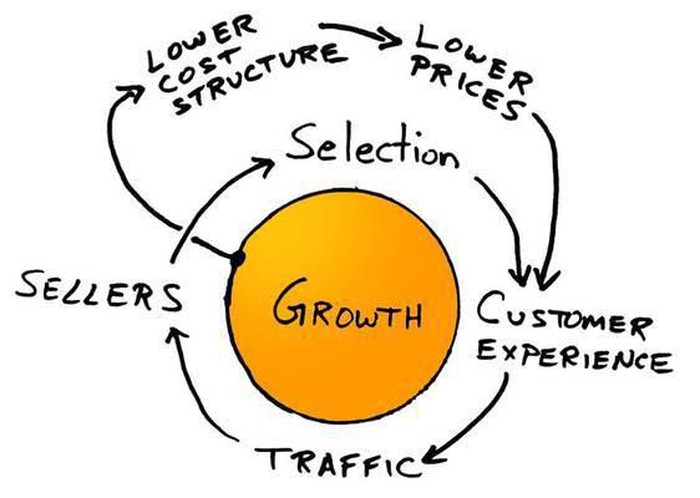Good Strategy and Bad Strategy (Part 2)
4 WHY SO MUCH BAD STRATEGY?
There are three reasons-
- It is painful to make a choice
- A democratic voting may result in the paradox of voting (reaching an unlogical result like A > B > C > A). For example, the DEC company had three options when making strategic choices - producing server "boxes", "chips", or "solutions". CEO Ken Olsen let people reach a consensus. However, you cannot make sub-organizations give up their passions by themselves. Finally, they failed to choose any one of them, and the answer was "DEC is committed to providing high-quality products and services and being a leader in the data processing."
- Eisenhower in 1952 won the presidential election and promised to urge the Soviet Union to retreat from Eastern Europe. However, after researching, he cannot do so and had to confront reality.
- Intel CEO Andy Grove moves the company from producing dynamic random access memory (DRAM) to the one focused on microprocessors. In retrospective, that was a great move but back at his time, he did this under enormous pressure.
- People like to follow templates without thinking
- Mistaking leadership for strategy. Leadership and strategy have something similar but are substantially different.
- Leadership makes people feel better when they are sacrificing for changing.
- Strategy decides which kind of change worth pursuing.
- misbelieving that having a strategy equals to having a GOOD strategy. There are numerous templates for strategies and people just take them without thinking, which leads to countless bad strategies.
- Mistaking leadership for strategy. Leadership and strategy have something similar but are substantially different.
- New Thought Movement: people misbelieve that a positive attitude and a strong desire can earn them everything they want.
- This kind of "positive energy" is the opium of the people, which makes them too lazy to focus on the execution that is truly helpful to the result.
5 THE KERNEL OF GOOD STRATEGY
The kernel of the good strategy
- diagnosis: simplifying the problems and identify the challenges and obstacles.
- guiding policies: specifically dealing with those problems and challenges.
- coherent actions: under the guiding policies, taking actions with alignments.
Three examples:
In business, the challenge is usually dealing with change and competition.
- diagnosing the specific structure of the obstacle rather than simply naming performance goals.
- choosing an overall guiding policy for tackling the obstacle that enables some type of leverage or advantage.
- design of a configuration of actions and resource allocations that implement the chosen guiding policy.
In many large organizations, the challenge is often diagnosed as internal.
- organization's competitive problems may be much lighter than the obstacles imposed by its own outdated routines, bureaucracy, pools of entrenched interests, lack of cooperation across units, and plain-old bad management.
- reorganization and renewal.
- changes in people, power, and procedures.
Amazon's Flying Wheel
- Diagnosing that e-commerce and cloud computing are high-costs with high-returns. Thus the company should keep or increase the high return while cutting the costs.
- Designing the policies of the flywheel. See the picture below.
- Building infrastructures and services around the flywheel.

I think the "coherent actions" are very interesting.
- Coherent actions means that those actions should align in the same direction, instead of conflicting with each other. For example, as a manager, when I introduce any process to anyone, my principle is that "I would never do things that are not helpful to your work."
- Strategic alignment can hardly be arranged in real-time. It is designed by the leader and enforced on the system.
- Centrally-controlled system sounds bad but each component of the system cannot just operate in absolute autonomy. For example, in the manufacturing industry, the salespeople love to please customers with rush orders, but the manufacturing people prefer long steady production runs. Rush orders and steady production runs cannot happen at the same time. The management has to make a tradeoff.